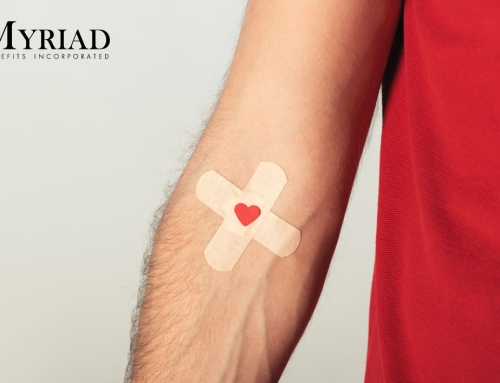Diabetes is a chronic condition that occurs when the body, due to lack or resistance of insulin, is not able to convert the glucose received from food into energy, remaining at high levels in the blood.
Types of Diabetes
Type 1 Diabetes – due to an autoimmune disease, the pancreas does not produce insulin. It normally develops in childhood or adolescence; however, it can occur suddenly at any age.
Type 2 Diabetes – the pancreas produces little insulin or what it produces is not used due to tissue resistance. It usually develops after age 30. Unfortunately, it can be undetectable for several years.
Gestational – develops during pregnancy and usually disappears after giving birth. It is estimated that women will have a 50% chance of developing type 2 diabetes in five years.
Symptoms
- Tiredness or weakness
- Urinate frequently
- Constant thirst
- Wounds that do not heal
- Blurry vision
- Always hungry
- Vaginal or urinary infections
- Lose weight for no reason
- Erectile dysfunction
- Numbness in hands and/or legs
- Lack of sensitivity to temperature
Factors that increase the risk of having diabetes
- Be Hispanic
- Have coronary heart disease
- Being overweight or obese
- Family history
- Over 40 years
- Have high blood pressure
- High cholesterol
- Smoke
- Having had gestational diabetes
- Having a baby weighing more than 9 pounds at birth
- Have polycystic ovary syndrome
Consider making some healthy changes to your routine that can help prevent type 2 diabetes.
- Do exercise and/or physical activity regularly (30 minutes 5 day a week).
- Avoid the consumption of alcohol and tobacco in all its forms.
- Maintain a healthy weight.
- Maintain a balanced diet.
Communication with your doctor is essential. Check your blood sugar levels. Stay informed about diabetes. Remember that a healthy diet, physical activity, the correct use of your medications and the periodic tests ordered by your doctor allow you to prevent, delay and treat diabetes and its complications.
By: Tania Mangual-Monzón, MS, BHE
Resources: Asociación Puertorriqueña de Diabetes
Centers for Disease Control and Prevention







